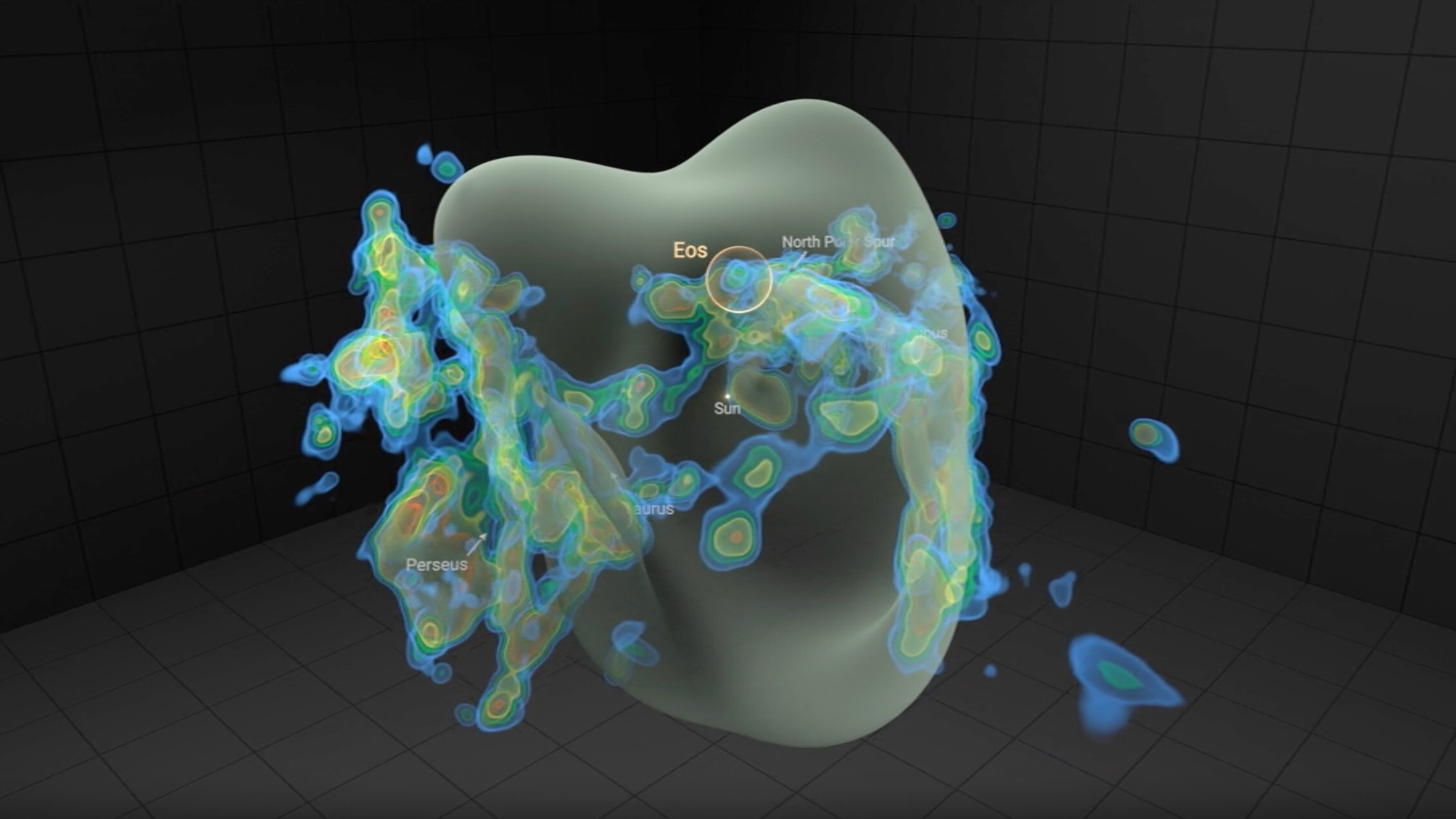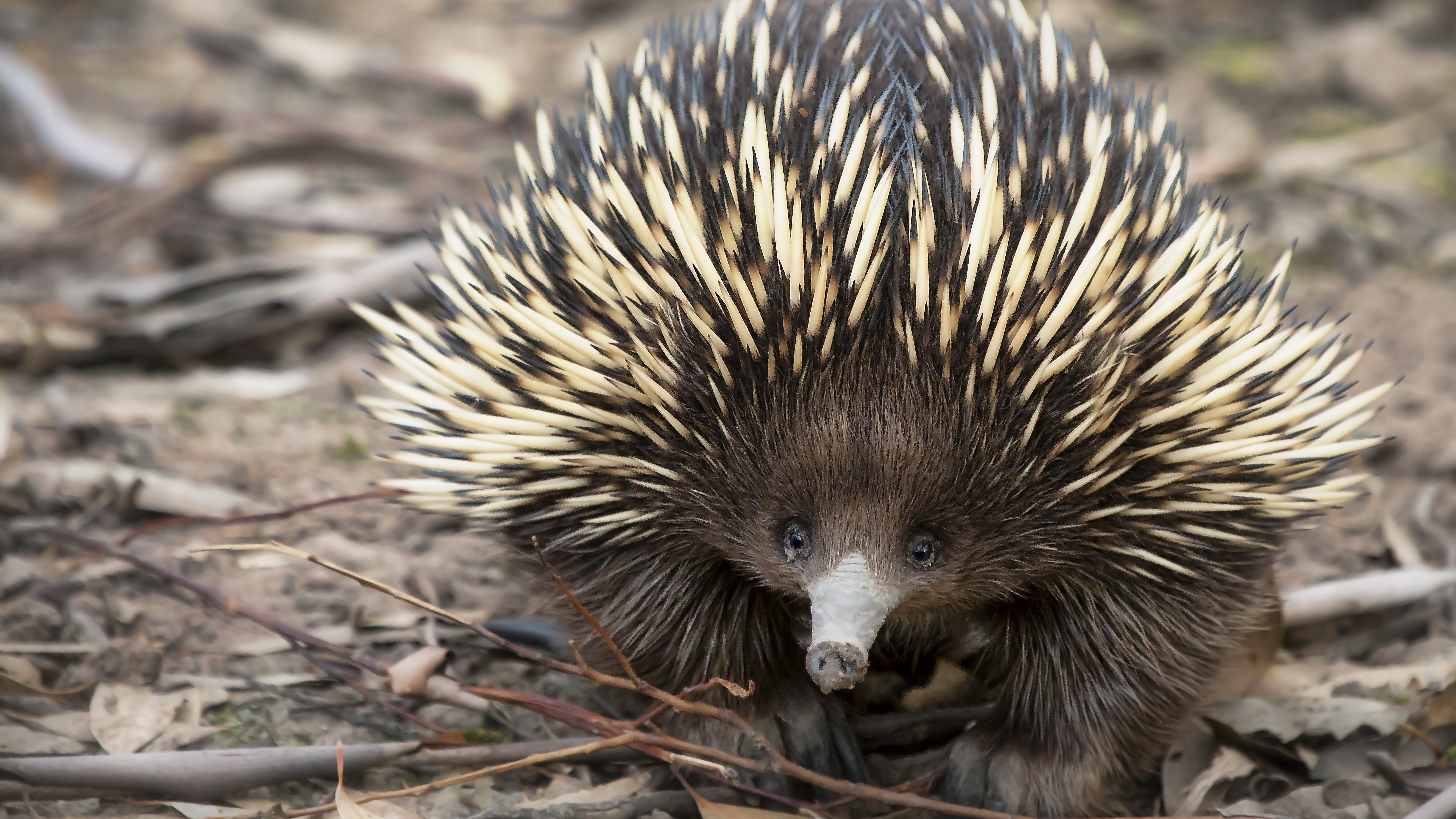
In Photos: The Life of a Giant Panda
Tracking a panda

An adult female panda dubbed Mei Mei sports a tracking collar as she walks through the forests of Wolong Nature Reserve with her cub. She was one of five pandas collared and tracked by Michigan State University researchers.
Here's a look at the cute and fuzzy animals that call the reserve home.
Panda snooze

The Wolong Nature Reserve in southwestern China is home to about 10 percent of the world’s wild giant pandas, as well as a research center to breed pandas and lay groundwork for successfully reintroducing pandas into the wild. [Read more about giant pandas in Wolong]
Climbing baby panda
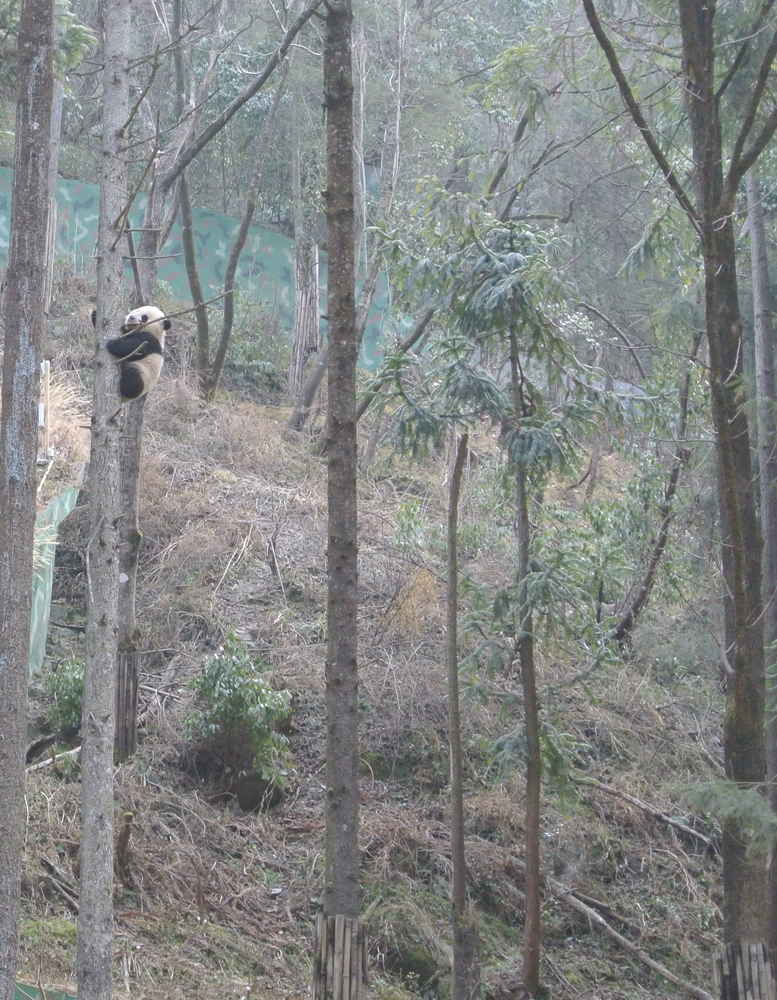
A young panda practices climbing in the Wolong Nature Reserve. Pandas there are kept in expansive shelters that mimic the wildlife and allow animals to practice survival skills. [Read more about giant pandas in Wolong]
Pandas in the snow

Pandas in the wild spend most of their time moving from bamboo patch to bamboo patch. Pandas eat only bamboo, yet they digest less than 20 percent of what they consume, which means much of their energy goes to ... finding more bamboo. [Read more about giant pandas in Wolong]
Scent marking
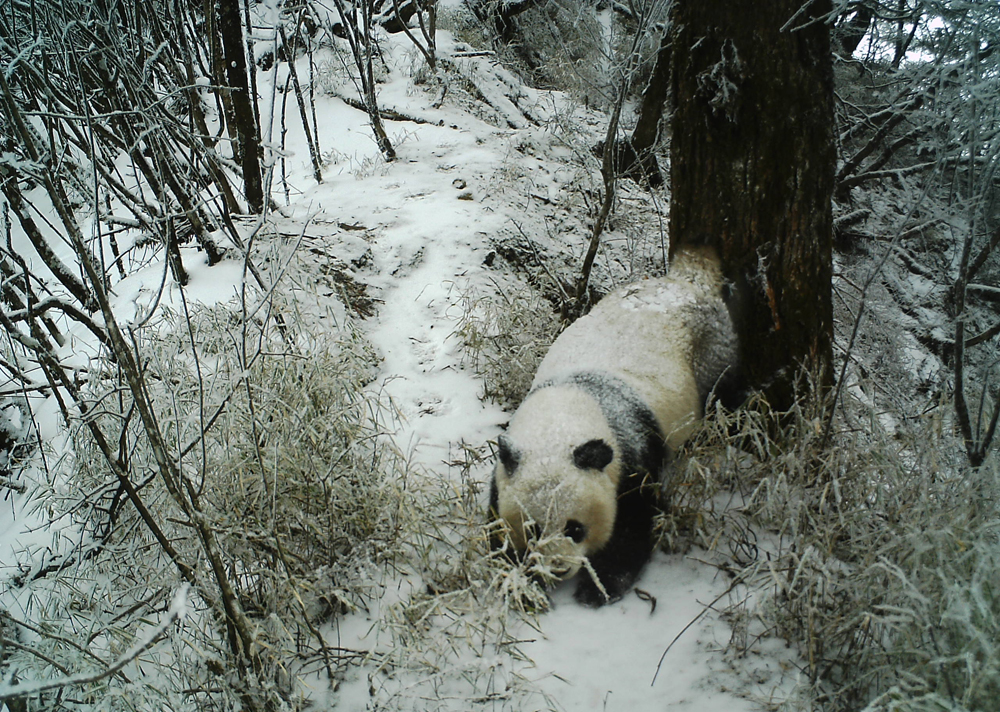
Pandas have glands that secrete a smelly, waxy substance that announces their presence to other pandas. They rub their bottoms against trees to spread the word. [Read more about giant pandas in Wolong]
Pandas are crowd pleasers
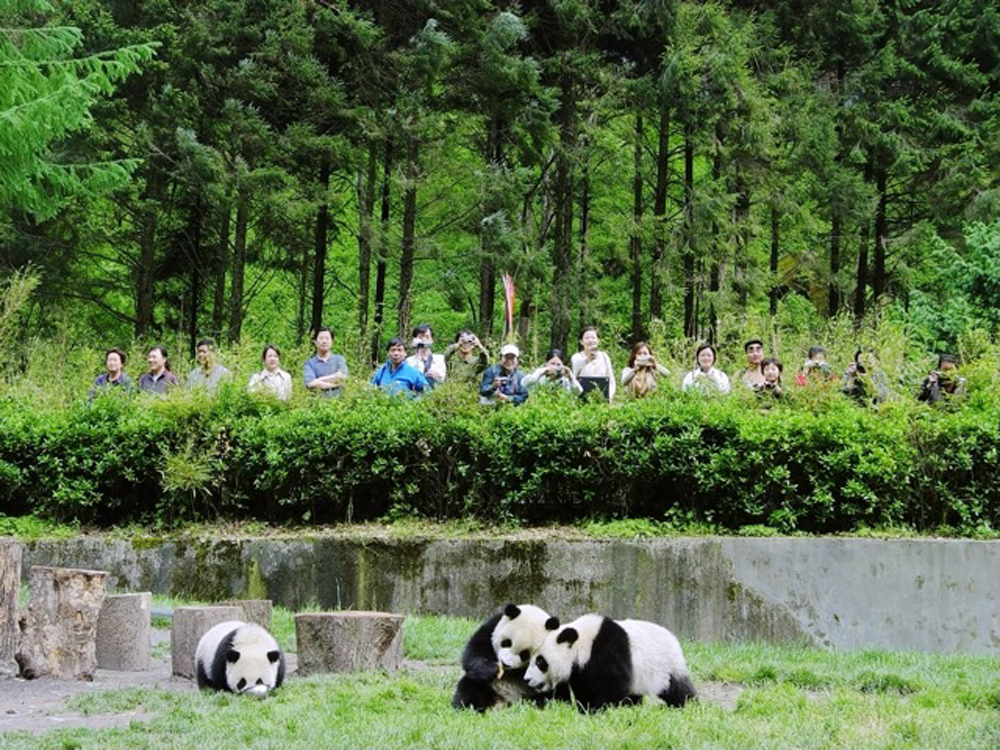
Loaning pandas is big business, raising money for Chinese breeding centers, boosting attendance and enthusiasm for zoos across the would and supporting many people in the administering, caring for and marketing global pandas.
Sign up for the Live Science daily newsletter now
Get the world’s most fascinating discoveries delivered straight to your inbox.
Wolong's 2008 earthquake brought their program to an immediate standstill. [Read more about giant pandas in Wolong]
Panda mealtime — again
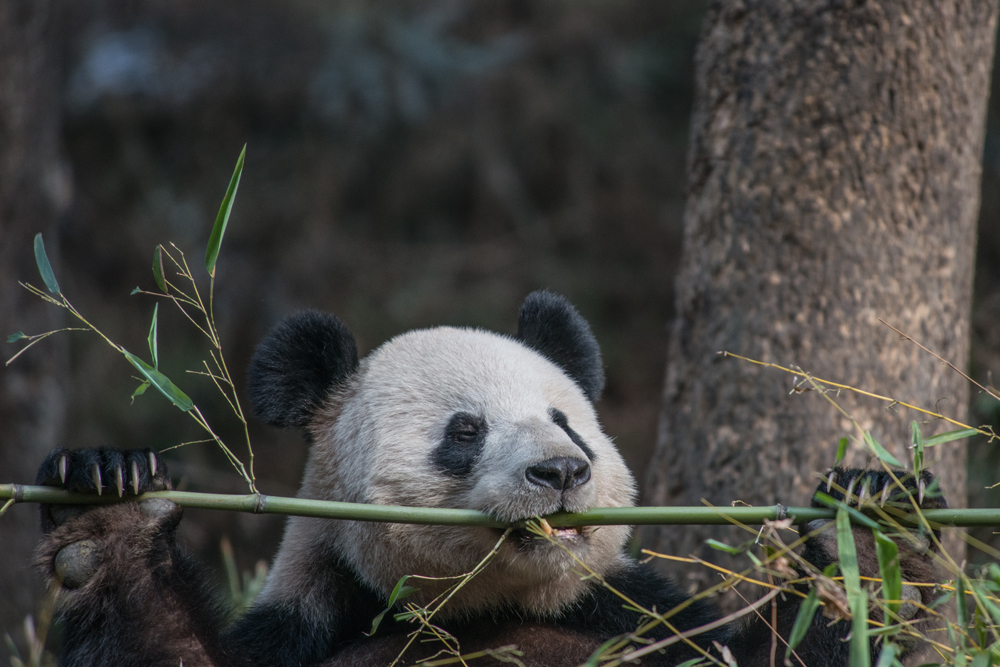
Adult pandas are up to 6 feet (1.8 meters) long and weigh more than 200 pounds (90 kilograms) and eat some 20 to 30 pounds (9 to 14 kg) of bamboo a day. [Read more about giant pandas in Wolong]
Bamboo is a mouthful

Because pandas chew tough bamboo, they have highly developed muscles in their jaws and large crushing molars. This gives a panda's head its round appearance. [Read more about giant pandas in Wolong]
Farmer stocks wood
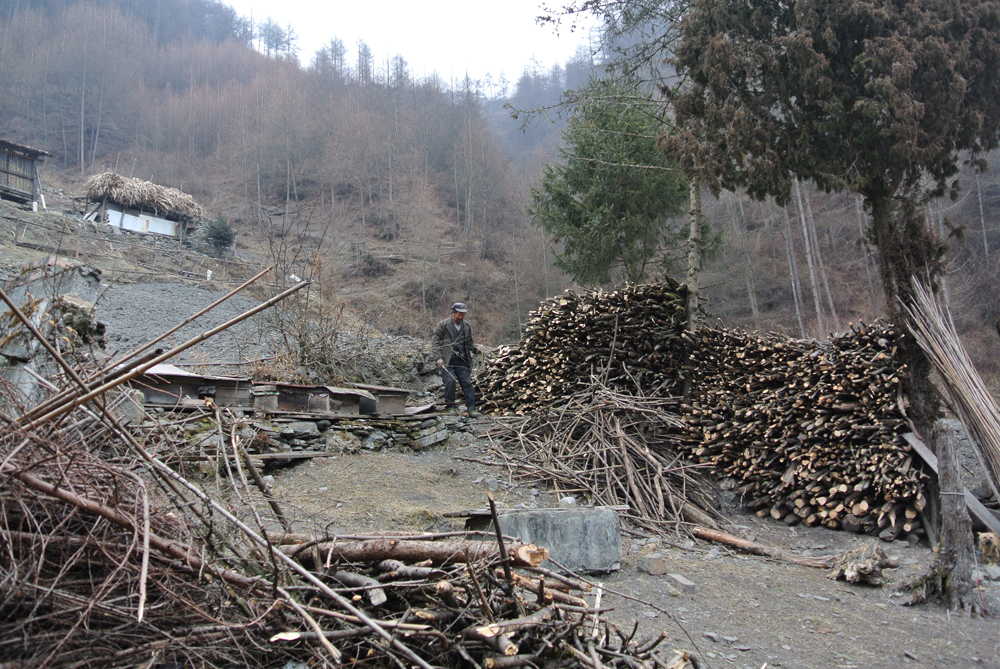
A farmer tends his woodpiles his family has collected in the Wolong Nature Reserve. Many families there rely on wood to heat homes and cook food – needs that must be balanced with environmental concerns for giant panda habitat. [Read more about giant pandas in Wolong]
Jianguo “Jack” Liu
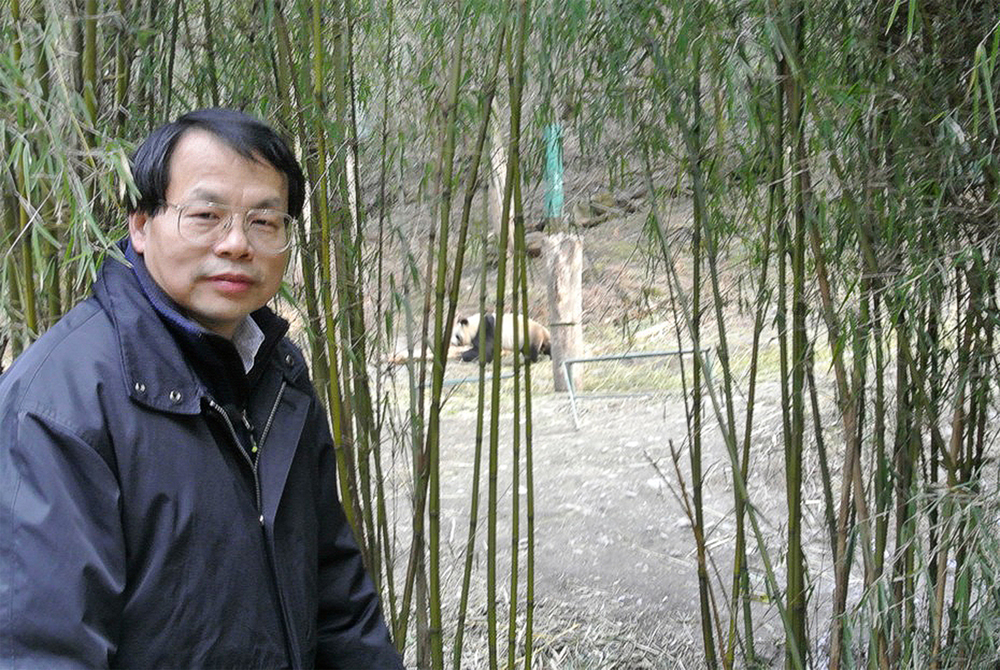
Professor Liu has pioneered methods to understand the needs of both people and wildlife to achieve sustainability. He currently is the lead author and editor of the book Pandas and People – Coupling Human and Natural Systems for Sustainability. [Read more about giant pandas in Wolong]
Pandas and People

Check out our book: Pandas and People – Coupling Human and Natural Systems for Sustainability

